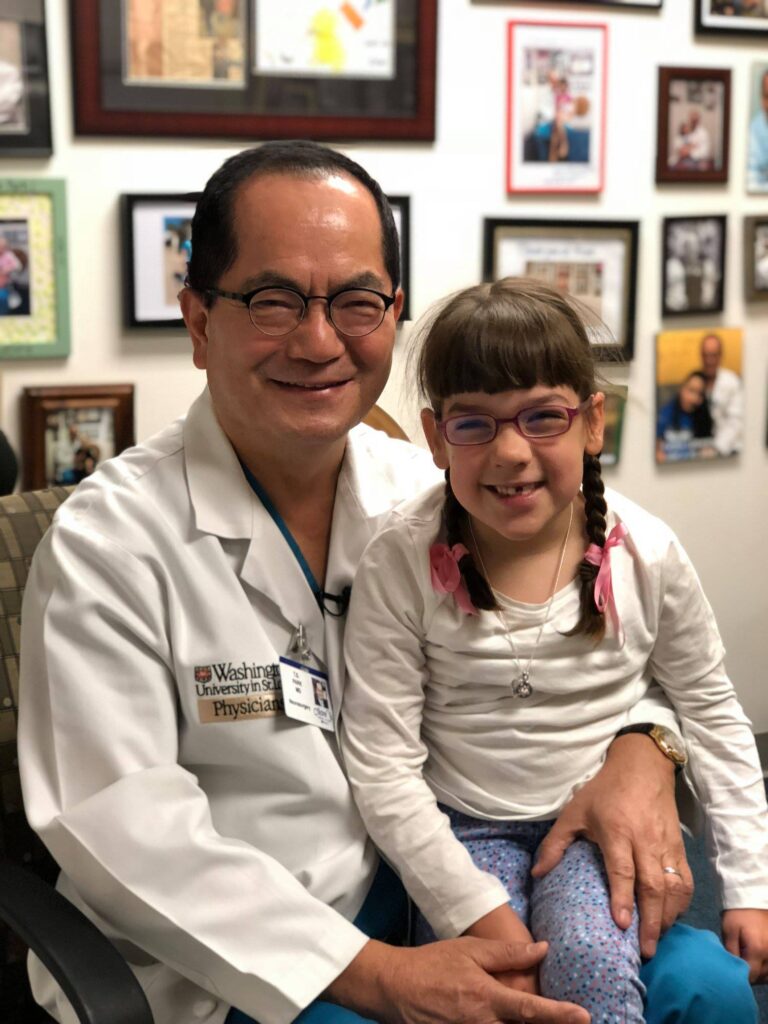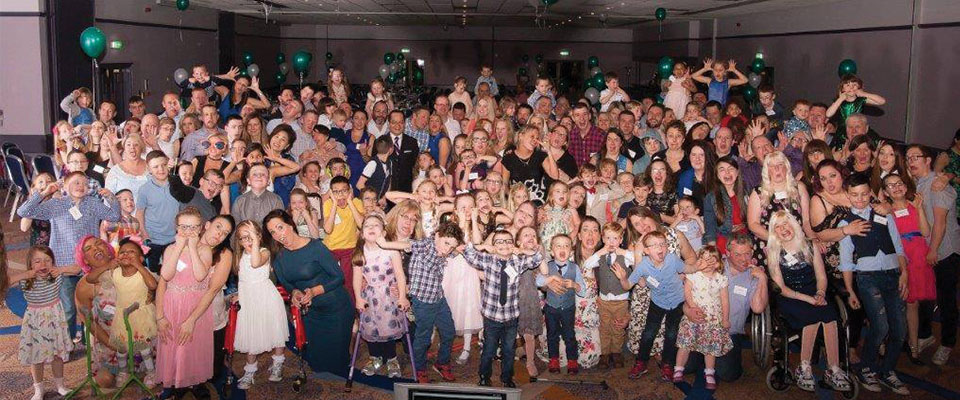To thousands of families worldwide, T.S. Park, MD, is known as the hero who developed minimally invasive “selective dorsal rhizotomy” surgery that helped their children gain mobility. Not only has he performed more than 4,600 surgeries to treat spastic cerebral palsy patients from 80 countries, and traveled to follow up with many of them, he advocated for cerebral palsy treatment in front of the British Parliament, resulting in new health coverage for children throughout England.

As he enters his 34th year of treating and speaking up for patients with cerebral palsy, Dr. Park explains the long-term effects of the condition, and how his own mobility – through competitive ballroom dancing – influences his treatment approach.
“One of the main problems with cerebral palsy is spasticity, which is increased muscle tone,” said Park. “Children with cerebral palsy have trouble moving. They cannot walk or run, and they have a difficult time sitting. Their muscles are very tight, and this is a lifelong disability. Patients eventually develop severe body pain and lose mobility as they age. We treat this spasticity with selective dorsal rhizotomy surgery, alleviating the problems throughout a patient’s life.”
Park’s patients defy the odds. One of them, Alexa Reed, had mild spastic cerebral palsy. When she was four years old, her family was told she would deal with pain and limited mobility for her entire life. Instead, her family found Park and his Facebook page, now with 15,000 followers, flooded with comments from families of happy patients. After listening to other families and their success with Park’s surgery, they trusted him and his approach.
Alexa underwent Park’s surgery, selective dorsal rhizotomy (SDR), which involves the cutting of major sensory nerves near the spinal cord. Now, at 13 years old, Alexa can play guitar, practice karate, and even participate in the Girls on the Run 5K. Without any lasting physical restrictions, Alexa can enjoy a happy and eventful future thanks to Park’s surgery, talent, and compassion for improving patients’ lives, according to Alexa’s mom Amy Reed.

Park attributes some of his focus and precision in surgery to his discipline as a competitive ballroom dancer. Several days each week, he diligently practices the Fox Trot, Tango, Quick-Step, and other dance steps, preparing for new competitions when they start up again.
He believes that the focused discipline required for ballroom dancing can help surgeons with precision in surgery. To maintain his practice during COVID, he even opened his own dance studio.
“Ballroom dancing is very complex,” said Park. “You have to focus and be in that moment. It teaches me how to get the task done with accuracy.”
His focus and compassion, along with his understanding and deep appreciation of mobility, are valued by his patients and their families.
“I have been told time and time again by other SDR parents that from the moment they meet Dr. Park, there is just something about him that puts your mind at ease instantly,” said Reed, Alexa’s mom. “My experience with Dr. Park was no different. I will forever be loyal and indebted to this man and his team. By one year after surgery, Dr. Park was so pleased with Alexa’s hard work and progress, that she was released from physical therapy and was told to just go be a kid.”
